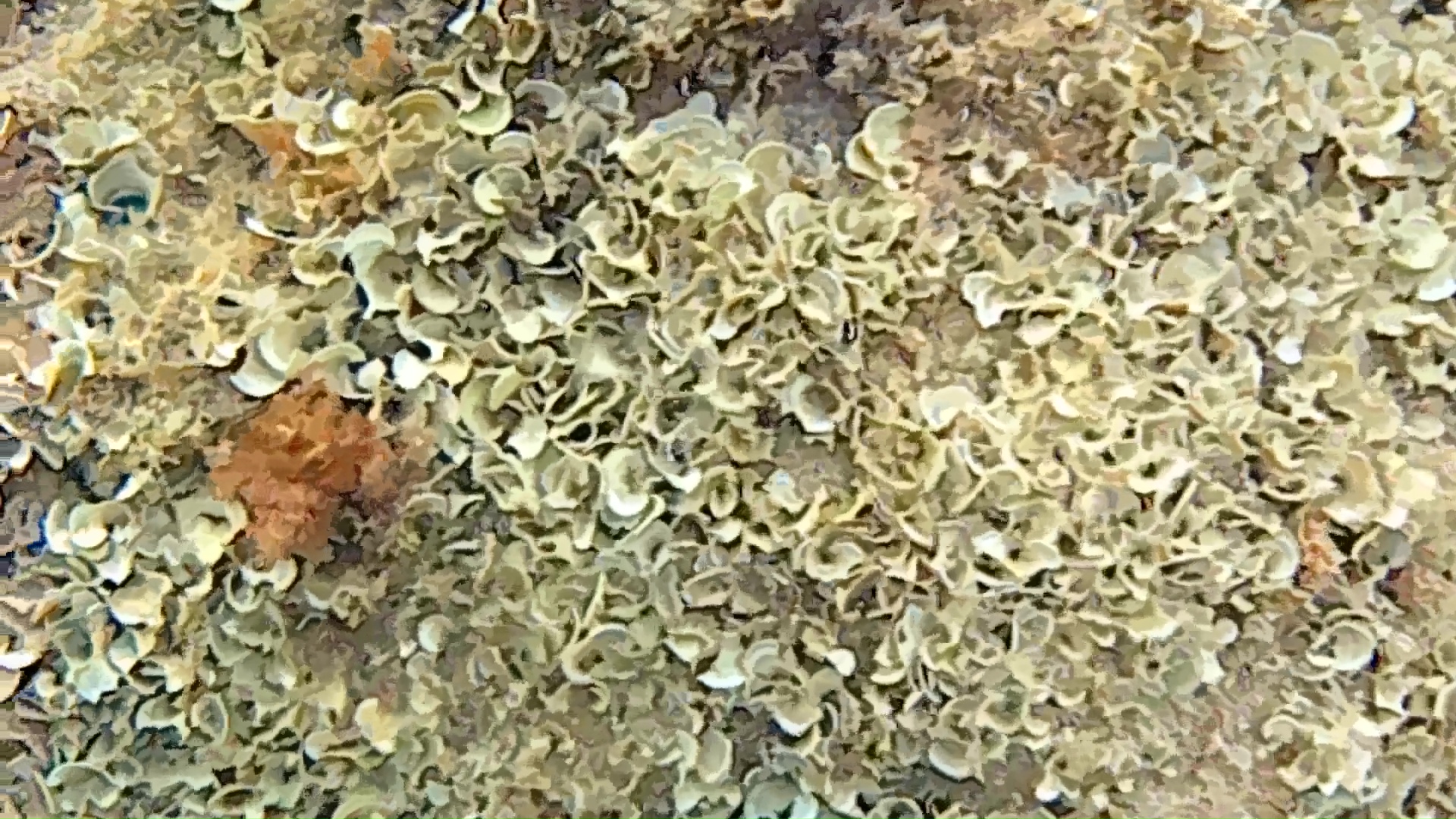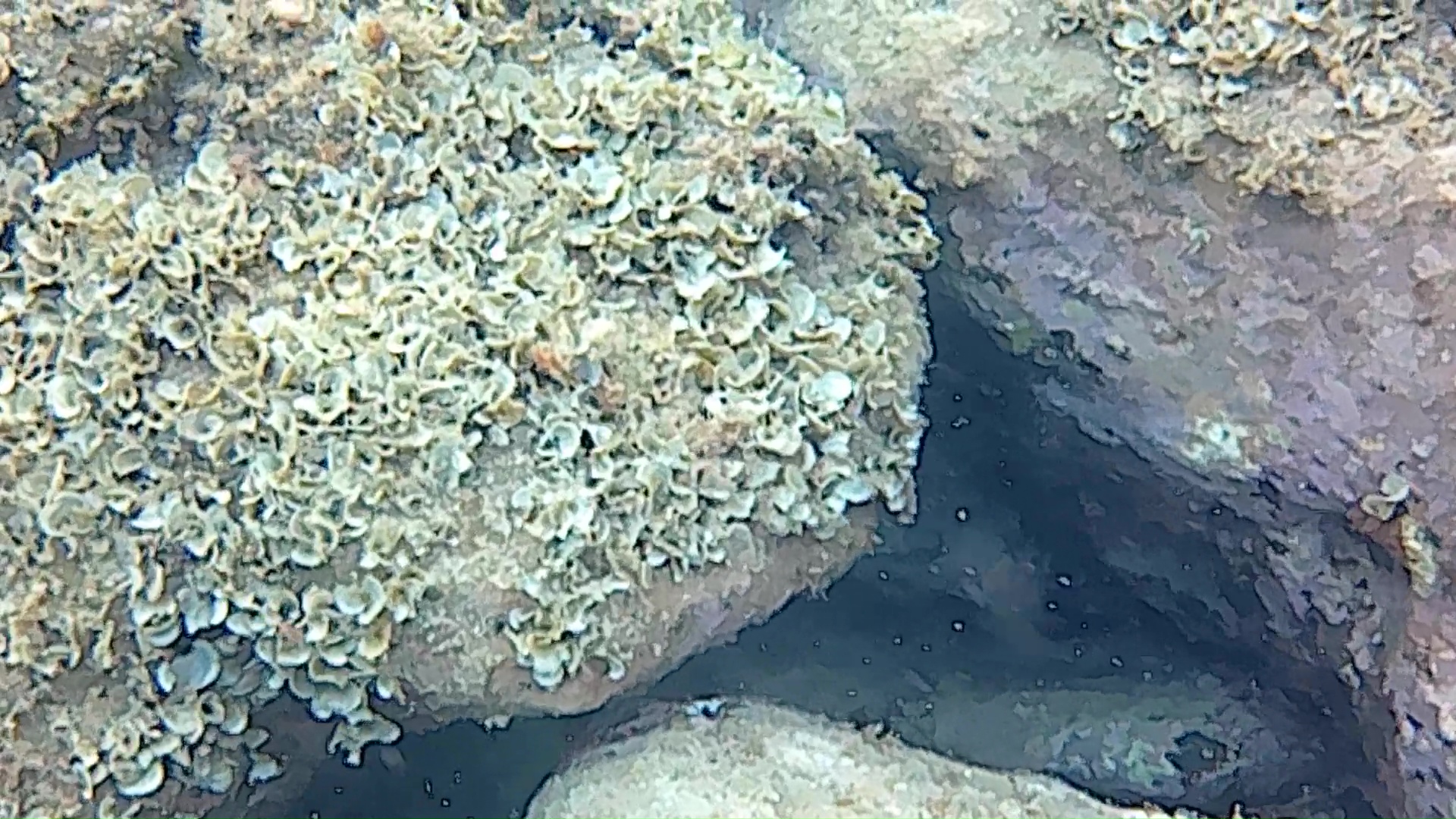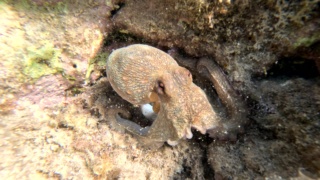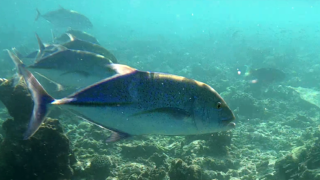The Peacock or Peacock tail, (Thivy 1960) is a brown seaweed from the Dictyotaceae family. Padina pavonica intotheblue.it
The name Peacock tail derives from the characteristic shape of the alga’s Tallo, which opens to fan from a stalk anchored to the substrate by means of rizoidi. The texture is leathery.
The color is light brown, tending to white, with more or less dark bands due to the presence of calcium carbonate that is fixed on the surface of the seaweed. Up to even 20 centimeters in diameter.
It grows from the end of the winter period until spring advanced; The reproduction takes place in summer.
Common in the Mediterranean Sea, Black Sea and the eastern Atlantic Ocean from the coasts of Morocco to the English Channel, and the Northwest Atlantic.
It often lives in numerous groupings, from a few centimeters up to about 20 m of depth, on well-lit hard seabed. It tolerates well even wide variations of temperature.
From the Peacockn Padia is extracted an active principle called Padia HPS3 used in cosmetics to moisturize the skin. The HPS3 goes to stimulate in the cells the production of glucosaminoglucani that have the capacity to retain the water and thus to fight the skin ageing.
(extract from Wikipedia)
Algae an informal term for a large, diverse group of photosynthetic eukaryotic organism that are not necessarily closely related, and is thus polyphyletic. Included organisms range from unicellular microalgae, such as Chlorella and the diatoms, tomulticellular forms, such as the giant kelp, a large brown alga which may grow up to 50 m in length. Most are aquatic and autotrophic and lack many of the distinct cell and tissue types, such as stomata, xilem and phloem, which are found in land plants. The largest and most complex marine algae are called seaweeds.
Algae exhibit a wide range of reproductive strategies, from simple asexual cell division to complex forms of sexual reproduction.
 English
English Italiano
Italiano







